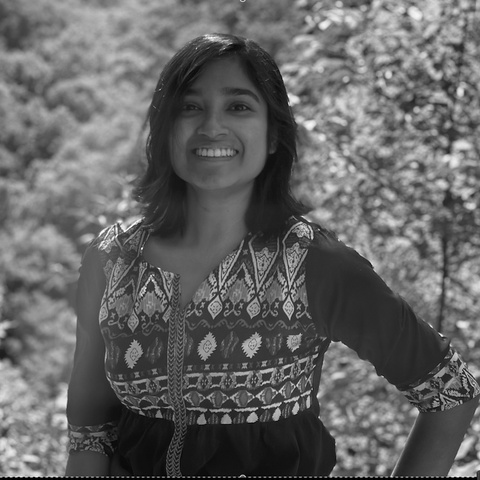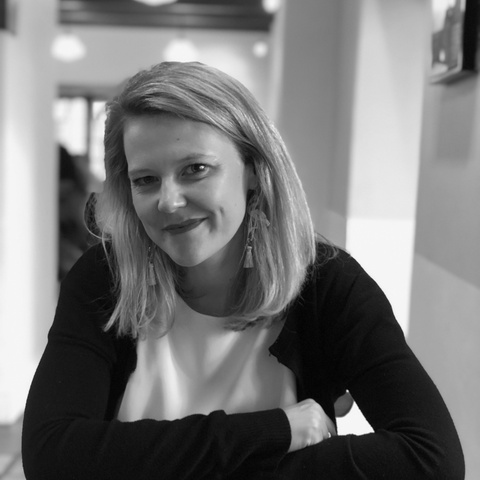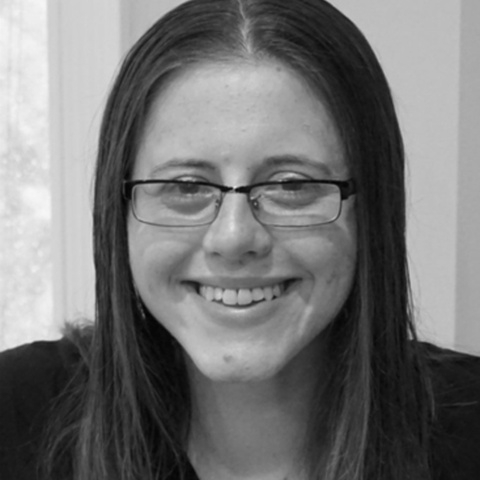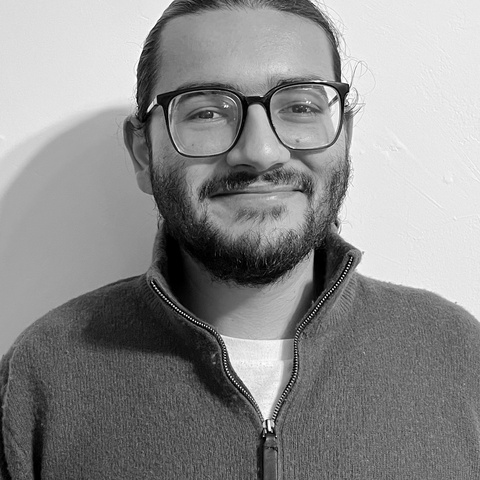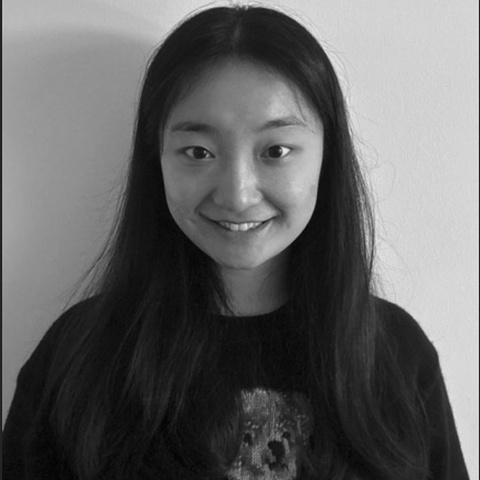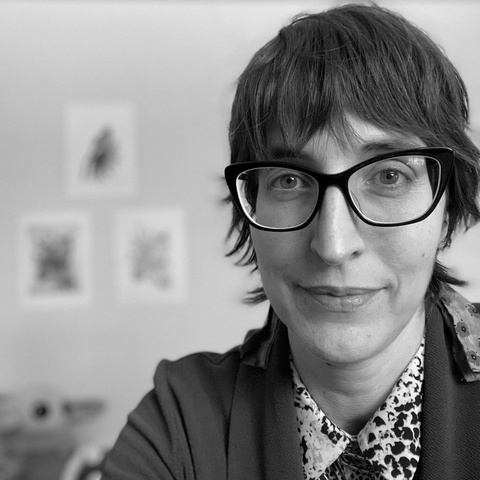Sarah Cobey
Principal Investigator • cobey@uchicago.eduSarah is a professor in the Department of Ecology & Evolution at the University of Chicago.
Graham Northrup
Postdoctoral Researcher • gnorthrup@uchicago.eduGraham is interested in understanding the variation of immune response between hosts; and how this understanding can improve our modeling approaches.
Ananya Saha
Postdoctoral Researcher • ananyasaha@uchicago.eduAnanya wants to understand how prior immunity/exposure history shapes future immune responses during repeat vaccination. She will be working on integrating high dimensional immunological data with functional immune response data to predict vaccine response.
Marcos Vieira
Senior Research Scientist • mvieira@uchicago.eduMarcos studies the rapid evolution of B cells during the immune response and how this short-term evolution is enabled by the long-term evolution of immunoglobulin genes. He’s also interested in how immune history shapes the evolution and epidemiology of influenza and other antigenically diverse pathogens.
Manon Ragonnet
Senior Research Scientist • manonragonnet@uchicago.eduManon studies the transmission and evolution of RNA viruses, through the analysis of their genetic data. Her previous work focused on elucidating HIV transmission dynamics in the UK and sub-Saharan Africa. Currently, she is integrating phylogenetic analysis into models forecasting the next flu and SARS-CoV-2 variants.
Lauren McGough
Research Scientist • mcgough@uchicago.eduLauren studies how the mechanisms and dynamics of affinity maturation in the adaptive immune system affect the diversity of individuals' antibody repertoires.
Christopher Joel Russo
PhD Student • cjrusso@uchicago.eduChristopher studies the germline adaptive evolution of the naive antibody repertoire and of the immunoglobulin alleles.
Alexander Pillai
PhD Student • anpillai@uchicago.eduAlex is interested in using computational models to study the dynamics of human immunity in response to infection and vaccination with the aim to improve longer-term model forecasts of infectious disease transmission.
Yintong (Rita) Wang
PhD Student • ritawangyt@uchicago.eduRita is broadly interested in how host immune status, shaped by past infections and vaccinations, impacts influenza vaccine effectiveness, and how heterogeneity in immune status across hosts influences pathogen transmission and evolution.
Jessie Schmidt
Senior Analyst - Grants Administration • schmidtja@uchicago.eduJessie helps further the team's research capabilities by managing internal and external research funds, projects and collaborative initiatives. Her finance, grant and project management experience combined with a journalism background contributes a reduced administrative burden to the team, so they can remain focused on their invaluable scientific inquiries and interests.


